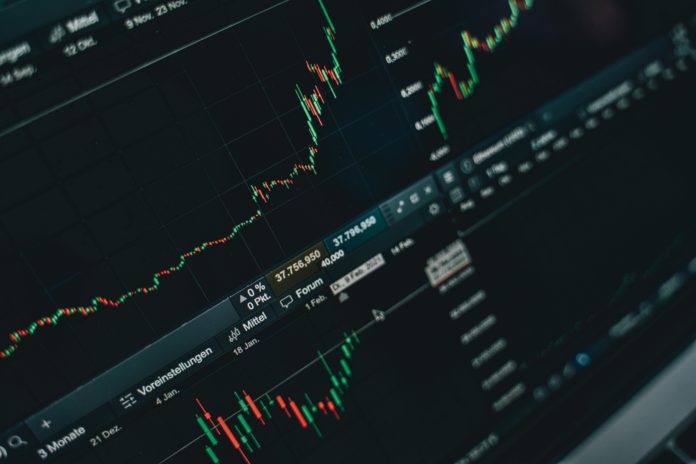Futures trading is a complex yet intriguing aspect of financial markets that offers immense opportunities for investors and traders alike. In this comprehensive guide, we will delve into what futures trading entails, explore an example of a futures trade, and discuss how it functions within the broader scope of financial markets.

What are Futures Contracts?
Futures contracts are standardized agreements to buy or sell a specified asset at a predetermined price on a future date. These assets can range from commodities like oil and gold to financial instruments such as stock indices and currencies. Futures contracts are traded on organized exchanges, providing liquidity and transparency to participants.
Key Components of Futures Contracts
- Underlying Asset: Every futures contract is based on an underlying asset, which could be a commodity, financial instrument, or index.
- Expiration Date: Futures contracts have a specified expiration date, indicating when the contract must be settled.
- Contract Size: Each futures contract represents a specific quantity of the underlying asset.
- Price: The price at which the underlying asset will be bought or sold in the future is predetermined when the futures contract is initiated.
Example of a Futures Trade
Let’s consider an example of a futures trade involving crude oil. Suppose an oil producer anticipates a future increase in oil prices due to geopolitical tensions. To hedge against potential losses, the producer decides to enter into a futures contract to sell 1,000 barrels of crude oil at $70 per barrel, with a delivery date three months from now.
On the other side, a speculator believes that oil prices will decrease in the future. The speculator enters into a contract to buy the same quantity of crude oil at $70 per barrel, expecting to profit if the price falls below that level by the contract’s expiration date.
Outcome Scenarios:
- Scenario 1: Oil Prices Increase: If the price of oil rises to $80 per barrel by the contract’s expiration date, the producer benefits by selling at the predetermined lower price of $70 per barrel, mitigating potential losses caused by the price increase.
- Scenario 2: Oil Prices Decrease: Conversely, if the price of oil falls to $60 per barrel, the speculator profits by buying at the agreed-upon price of $70 per barrel, then selling at the current, lower market price of $60 per barrel.
In both scenarios, futures contracts serve as risk management tools, allowing market participants to hedge against adverse price movements or speculate on future price changes.
Functioning of Futures Markets
Futures markets play a crucial role in facilitating price discovery and providing liquidity to market participants. These markets operate on the principles of supply and demand, where buyers and sellers interact to determine the future price of the underlying asset.
Market Participants:
- Hedgers: Entities seeking to mitigate the risk of adverse price movements in the underlying asset.
- Speculators: Traders looking to profit from anticipated price changes in the futures market.
- Market Makers: Individuals or firms that provide liquidity by quoting bid and ask prices, facilitating smooth trading operations.
Market Dynamics:
- Price Discovery: Futures markets contribute to price discovery by reflecting the collective expectations and opinions of market participants regarding future asset prices.
- Arbitrage Opportunities: Market inefficiencies or price divergences between futures and spot markets create arbitrage opportunities for traders to exploit.
- Risk Management: Hedgers utilize futures contracts to manage price risk associated with their business operations, ensuring stability and predictability in their financial planning.
Conclusion
Futures trading is a dynamic and integral component of global financial markets, offering opportunities for both risk management and speculative trading. By understanding the mechanics of futures contracts and their role within financial ecosystems, investors and traders can navigate these markets effectively to achieve their financial objectives.


